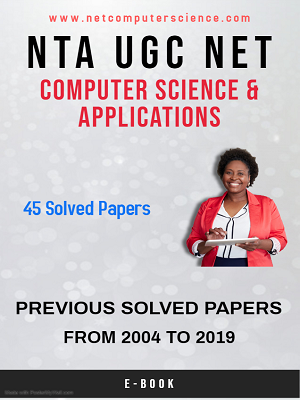Comprehension:
Read the following comprehension passage carefully
and answer Q.11 to Q.15:
Michaelangelo is famous for having
successfully interpreted the human body. His great achievement is that of the
painting of David whose hands reach out as a sign of human capability and
potential. It is assumed that the time he lived was ripe for exchange of
knowledge, development in science and matured enough to advance the horizon of
investigation in all fields. Renaissance humanism stressed on a serious rethink
on the nature of art that focussed on accurate details. In painting and
sculpture, artists focussed on not so casual but verifiable and minute details.
Michaelangelo’s paintings are no exception to it. In a study published in the
journal of the Royal Society of medicine, a group of surgeons are of the
opinion that the great master was “afflicted by an illness involving his
joints”. They have used his portraits as evidence to argue their view. During
his life, he complained of what he felt to be ‘gout’. Later he complained of
his sore and stiff hands which the doctors would find to be natural for someone
who was engaged in handmade art. The doctors found corroboration of those
claims in portraits of the artists that show a hanging left hand with both
degenerative and non-degenerative changes. They attribute the pain not just to
arthritis, but to the stress of hammering and chiseling and note that though
the master was seen hammering days before his death at an old age, he did not
write or sign his own letters before his death. In recent times there have been
attempts to diagnose famous artists with diseases that were not known during
their time. This practice has raised many questions, especially on the issue of
ethics in research. It is also inferred from authentic analysis that
Michaelangelo persisted in his work until his last days. This theory would
emphasize that his artistic subject defied his physical infirmities.
11.
The controversy that the passage above
refers to is whether
(1) Michaelangelo worked under duress.
(2) Michaelangelo could contain his physical
infirmity by artistic excellence.
(3) Michaelangelo submitted to disease.
(4) Michaelangelo survived different diseases
before pursuing art.
Answer: 2
12.
What generalisations do people subscribe
to ?
(1) Establishing facts by DNA tests.
(2) Inferring the essence of character from
famous people’s handwriting.
(3) Carbon dating of the hair of celebrities
to draw conclusion on their physical
structure.
(4) To retroactively diagnose famous artists
and public figures of conditions that were
not prevalent during their time.
Answer: 4
13.
Renaissance painting in
Europe was sceptical of
(1) The obsessive medieval method of
accuracy.
(2) The classical simplicity and lack of
control.
(3) The case and decorative excess of earlier
art.
(4) Expressionist technique.
Answer: 3
14.
Michaelangelo lived
during a time that lets us know that
(1) Human aspirations are limitless and open
to new vistas of knowledge.
(2) Cross cultural exchange in ideas is the
only way for human progress.
(3) It is progress of science and anatomy
that contributes to civilizations exclusively.
(4) Human beings possess language which is
the only key to knowledge.
Answer: 1
15.
What actually may be concluded from the
above passage?
(1) Physical infirmities do dissuade people
with capabilities from excelling.
(2) Excellence in any form triumphs over
extraneous factors including physical
ailments.
(3) Michaelangelo’s gout and other ailments
lessened his efficiency.
(4) The diseases Michaelangelo faced were due
to constant hammering.
Answer: 2
16.
A sum of money doubles at compound interest
in 6 years. In how many years will it become 16 times?
(1) 16 years (2)
24 years
(3) 48 years (4)
96 years
Answer: 2
17.
In a classroom situation, a teacher organises
group discussion to help arrive at a solution of a problem. In terms of a model
of communication used, it will be called
(1) A transactional model (2) An interaction model
(3) A horizontal model (4) A linear model
Answer: 1
18.
If the proposition ‘Houses are not bricks’ is
taken to be False then which of the following propositions can be True?
(a) All houses are bricks (b) No house is brick
(c) Some houses are bricks (d) Some houses are not bricks
Select the correct answer from the options
given below:
(1) (b) and (c) (2) (a) and (d)
(3) (b) only (4)
(c) only
Answer: 4
19.
The proposition ‘No historians are
non-mathematician’ is equivalent to which of the following proposition?
(1) All historians are mathematicians.
(2) No historians are mathematicians.
(3) Some historians are mathematicians.
(4) Some historians are not mathematicians.
Answer: 1
20.
If 152 is divided into four parts
proportional to 3, 4, 5 and 7, then the smallest part is
(1) 29 (2)
26
(3) 25 (4)
24
Answer: 4









0 Comments